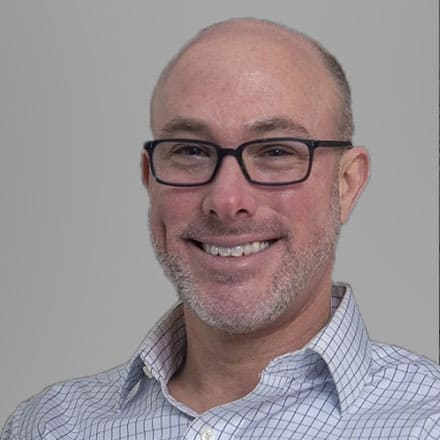Inside Angle
From 3M Health Information Systems
Creating time to care: Using technology to care “for” and “about” patients
In my work, we talk a lot about “creating time to care.” I didn’t come up with this saying, but I like it. In this blog post, I want to deconstruct the phrase and talk about what it means to me.
I suspect that most clinicians agree on which activities we want to spend less time doing in order to create time to care. These include:
- recording of our thoughts and observations (clinical documentation),
- effecting execution of our plans (order entry),
- initiating payment for our services rendered (billing)
- and enabling payment for goods and services that we have initiated for our patients (e.g., prior authorizations)
We acknowledge that these activities are necessary in the current American health care system, but few would argue that they constitute care itself. When we talk about creating time to care, what is the nature of the care on which we want to spend this newly created time? When it comes to practicing medicine, what does it mean to care?
As physicians we can care for our patients, and we can care about our patients. The distinction between caring for our patients and caring about our patients is important. Physicians can care for their patients without caring about their patients. In fact, the intellectual challenge of diagnosing and treating patients is a major source of satisfaction in the practice of medicine. Caring for patients is the essence of practicing medicine, but in many cases, caring for patients optimally takes more time than we have.
Could we have homed in on a diagnosis sooner if we spent more time taking a history? Could we have avoided a referral if we had more time to consult a reference, whether written or a curbside consult? To me the first meaning of “creating time to care” is creating time to care for our patients, but it’s not the only meaning. Creating time to care about our patients is the second meaning.
When our time as physicians is swallowed in large part by activities that do not involve caring for our patients, circumstances force us to focus our remaining time on the nuts and bolts of being technically competent physicians. We get the job done—maybe not as well as we would like—but this often leads to a lack of personal connection with our patients.
Relationships take time to build and if we don’t have the time to talk with patients about things that perhaps aren’t directly related to diagnosis and treatment, then we can’t establish meaningful relationships; we can’t get to know our patients as people. When we don’t know our patients as people, it is harder to care about them. Technology that decreases the amount of time that we need to spend on activities that we would rather not be doing creates time not just to care for our patients but also to care about our patients.
Artificial intelligence may one day reach a point where a computer can competently diagnose and treat patients without the need for a physician’s input, and physicians will be eliminated from the practice of medicine. It remains to be seen whether the value of physicians caring about their patients will be missed, but I suspect that it will. Until then, let’s use technology to create time to care for and about our patients.
Adam Rothschild is a clinical informaticist with 3M Health Information Systems.


